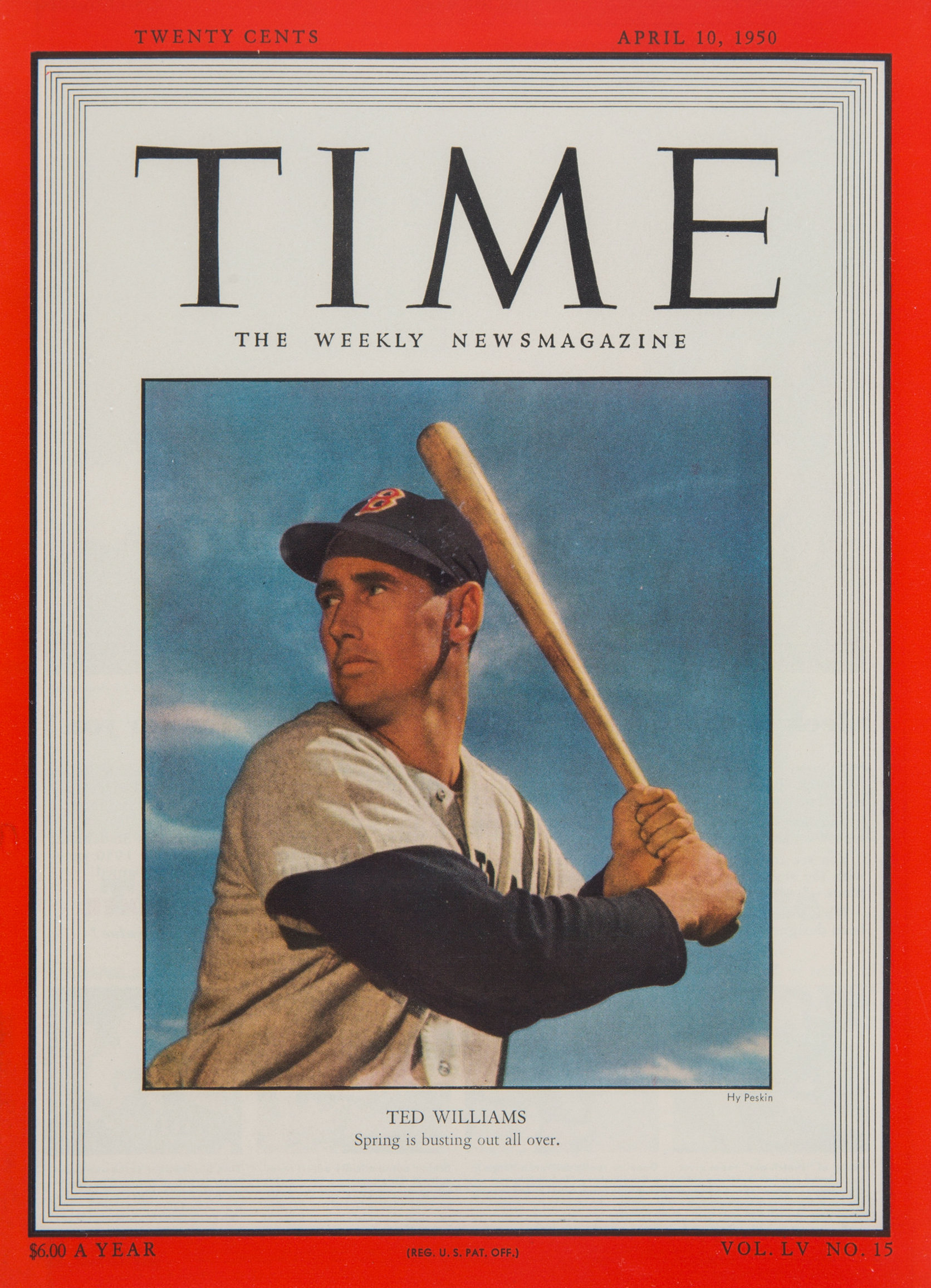
By Jim O’Neal
I was in our local supermarket recently and a woman ahead of me at the checkout had a cart full of groceries, plus seven or eight magazines. I’ve grown accustomed to seeing them on planes and in doctors’ offices and just assumed they got there by subscription or Publishers Clearing House (where people routinely win a million dollars, at least on television). Seeing someone plunk down cash for a stack of them was a mild surprise that brought back old memories when I coveted comic books.
In the 19th century, Karl Marx claimed that gunpowder, the compass and the printing press were the three most important inventions of the social class that owned the means of production during the modern industrialization period. This helped ensure the preservation of their capital, which in turn enabled maintaining societal supremacy. Someway, simply owning a printing press kept the masses yoked to a permanent underclass.
Others, especially Sir Francis Bacon (1561-1626), recognized the printing press, firearms and nautical compass and asserted there was nothing to equal them among the ancient Greeks and Romans. In 1620, he wrote in his Great Instauration that “printing, gunpowder and the nautical compass … have altered the state of the world. First in literary matters, secondly in warfare and third in navigation.” This makes sense, but doesn’t explain how the Chinese had all these tools several hundred years earlier, and had even invented paper as an important component. Their tendencies to remain isolated may be one obvious rationale.
Prior to the printing press, books had to be copied painstakingly by hand. Johannes Gutenberg’s introduction 650 years ago of the metal movable type-printing press created a new method for knowledge to be mass-produced for the first time in human history. This opened up an enormous opportunity to print books, flyers, pamphlets, bibles and newspapers virtually anywhere at reasonable prices.
By the 1700s, there was a craving for literacy and knowledge, especially among women, who had been deprived of intellectual education. The first American magazines showed up in 1741 as Philadelphia printers like Benjamin Franklin (who missed being first by a mere three days) rushed to add magazines to their newspaper businesses. Most were financial failures since they were tailored for the wealthy. However, new ones eagerly took their place and proliferated in an attempt to satisfy the growing demand for amusement and entertainment. Magazines were here to stay and would only grow more popular as literacy rates skyrocketed.
Skip forward to the 20th century and we find Yale college roommates Briton Hadden and Henry Luce working for the Baltimore News. They recognized the seemingly insatiable demand for news. With radio and television not fully developed, they believed magazines were the obvious medium to fill the need. After considering various names like Facts, they finally settled on Time, the first weekly newsmagazine in the United States. With the slogan “Take Time – It’s Brief,” on March 3, 1923, they published the first issue, featuring the famous retired Speaker of the House Joseph Cannon (1836-1926).
The first great pictorial magazine, Life, had failed during the Great Depression and publishing genius Luce (1898-1967) bought the name and relaunched it. Time was designed to “tell’ the news and Life dedicated to “showing” curious Americans what was happening around the world … and for pocket change. Later, Luce added the business magazine Fortune (1930) and Sports Illustrated (1954). The first Sportsman of the Year was Roger Bannister, the first to run the mile in under 4 minutes … 3.594. Ten years later, high school runner Jim Ryun duplicated the feat.
Today, there are literally thousands of magazines worldwide. They inform, educate, inspire and entertain readers globally. Magazines will continue to change the nature of things throughout the world for a long time to come. I need to pay more attention to this strategic shaper of world history!
 Intelligent Collector blogger JIM O’NEAL is an avid collector and history buff. He is president and CEO of Frito-Lay International [retired] and earlier served as chair and CEO of PepsiCo Restaurants International [KFC Pizza Hut and Taco Bell].
Intelligent Collector blogger JIM O’NEAL is an avid collector and history buff. He is president and CEO of Frito-Lay International [retired] and earlier served as chair and CEO of PepsiCo Restaurants International [KFC Pizza Hut and Taco Bell].
